
In this video it goes over what a box and whisker plot is and what each part means.
- Subject:
- Mathematics
- Material Type:
- Lesson
- Author:
- Nearpod
- Date Added:
- 08/05/2024

In this video it goes over what a box and whisker plot is and what each part means.
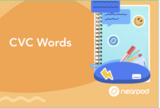
Students will learn about CVC words and interact with online activities. This lesson starts about with a pre-assessment and then goes into the lesson and activities that support understanding and reading CVC words.
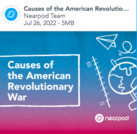
In this 3-5 Social Studies activity, students will practice describing the causes of the American Revolutionary War with a Draw It activity.
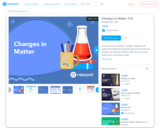
This nearpod lesson is a great lesson to use to teach the difference between physical and chemical changes in matter and properties. It provides many different student activities that are beneficial for learning and informal assessments. This lesson aligns to the Utah State Common Core Science Standards for grade 5.

In this grade 6-12 EL Content Companion, students use scaffolds to learn about Christmas in various countries. The lesson contains language, social-emotional learning, and content objectives, along with targeted vocabulary instruction.

This is a Nearpod that covers elements and characteristics of good citizenship. It has activities that push students to think deeper about citizenship and what they already know about it. It challenges students to become better citizens. This is also an editable link from Nearpod so you can alter as needed.

In this lesson on comparing decimals, students will learn how to comparing decimals to the thousandths place using place value.
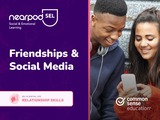
This lesson uses Nearpod to examine the positive and negative elements of using social media. The resource uses a video, collaboration and interactive strategies to explore the ways that social media can effect the lives of teenagers.
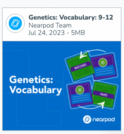
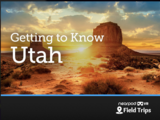
Getting to Know Utah
In this Nearpod VR States lesson, students explore what makes Utah unique. They investigate Utah’s defining characteristics, including: its geography, history, landmarks, industry, and culture.
This is a great Nearpod on getting to know Utah. I used this in migrant summer school this year, I taught 6th grade and my students learned a great deal about the state they live in. They really found it to be useful and informative.
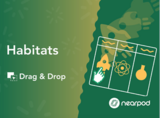
In this Nearpod, students first watch a 3 minute video about habitats. They then sort 8 animals into the appropriate habitats.
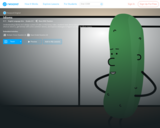
Understanding idioms isn't always a piece of cake. In this funny video, students learn about idioms. They will learn what an idiom is, get familiar with some common idioms, and explore strategies to figure out what an idiom means.
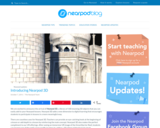
This blog post helps educators learn how to use 3D objects within the Nearpod platform: "We are excited to announce the arrival of Nearpod 3D, a library of 100 stunning 3D objects that you can easily add to your Nearpod lessons..."
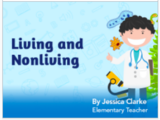
In this engaging Nearpod science lesson, young students will learn about living organisms and nonliving materials. Whole class discussion, partner collaboration, and individual activities provide students with a variety of learning opportunities.
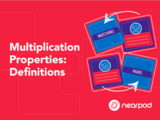
In this math skill-based practice activity, students strengthen their understanding of associative, commutative, and distributive properties. They complete a vocabulary challenge with definitions.

Length times width equals… In this funny Nearpod lesson, students learn how to calculate the area of rectangles. Students will learn how to calculate area by counting un and then by using a formula.

In this video from Thirsty for Art, students participate in an art therapy activity for stress management. This easy art project helps students use imagery and intuition to tap into peace and calmness.

In this video from Thirsty for Art, students participate in an art therapy activity for when they are feeling anxious. Using oil pastels, they learn how to draw their emotions and explore the meaning behind their creations.

In this video from Thirsty for Art, students participate in an art therapy activity to help them feel calm and relaxed. This expressive art exercise helps students to let go of trying to control, quiet the brain, and get into a creative flow.